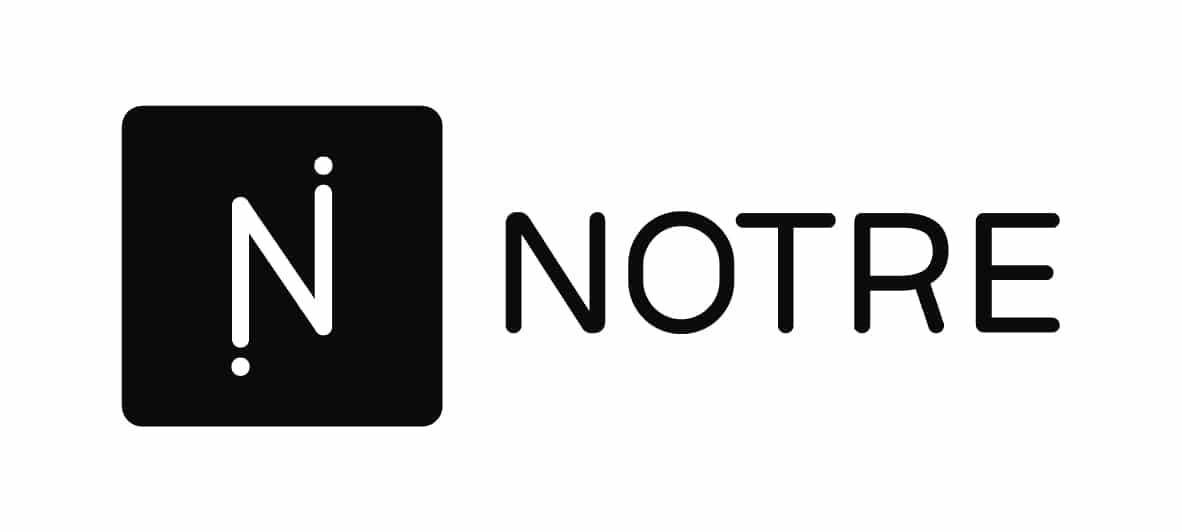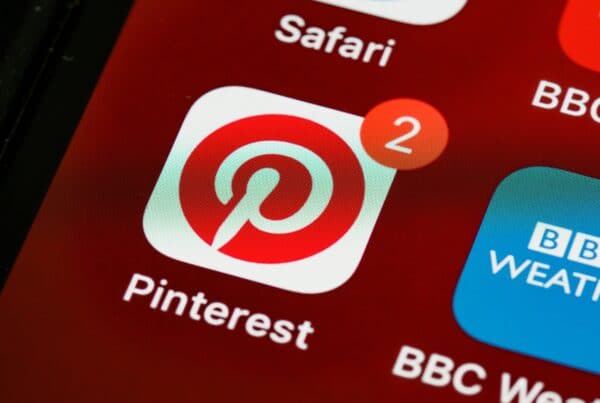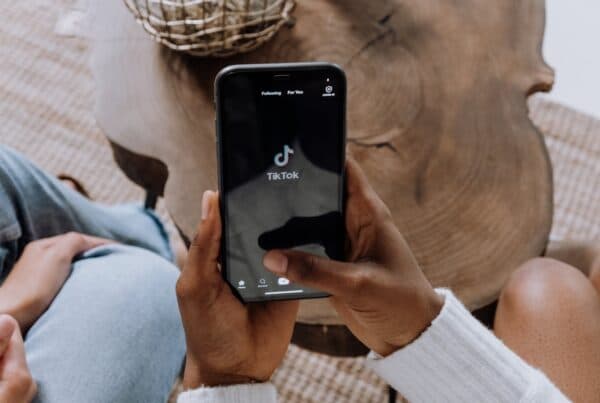Let’s imagine for a moment that we are at a party. We’re having genuinely fascinating conversations with many unknown people. The evening goes on, so does the small talk. Finally, we end up in a completely different company. Surprisingly, the same exciting conversations from before take place.
Word. By. Word.
Such deja vu would seem extremely strange in a real-life situation. Yet, something comparable we can experience almost every day on social media. It has become one giant, never-ending ‘party’ with content consumers flowing between platforms, trying to find some company that doesn’t bother them.
The struggle for attention is real, which leads to one question – who will win in the race?
Authentic virtual life
With the rise of the global pandemic, our families, friends, and colleagues turned into digital sets of pixels. Fun fact, but I haven’t actually met most of my colleagues in person. For me, many of my teammates are ‘digital’ people whose work and performance I follow through our agency’s intranet or social networks.
The same goes for companies, which try to transfer their businesses and customer base to digital. During the lockdown, we saw enterprises practically fighting for consumer attention on so many levels. As a fellow content consumer, I noticed a common practice among company profiles – copy-paste posts across the whole Internet. On one side, this is better than not posting at all, but on the other hand, sometimes we forget that social media consumers aren’t a homogenous mass.
Here’s an excellent example, how understanding the media differences and shaping the message can help in business development.
A food retailer with Gen X and Y target audiences posted regular business updates 3x a week. Despite bright and eye-catching key visuals, their engagement rate was much lower on Facebook and Linkedin than on Instagram. Why so?
We did an audit of the company’s social media communication. The analysis revealed the content did not differ in any of the three channels. The retailer primarily chose to tailor the content for an aesthetic and visually beautiful Instagram grid look, but obviously, it didn’t work for Facebook and Linkedin audiences.
It took them only extra 20 minutes each day to tailor the message for three different channels – and it paid off! After a few months, they grabbed the attention of an important business partner who saw them on Linkedin.
Facebook started to boom, too when we changed the approach to the audience there. It is still considered the most popular social network both in Latvia and in the world; therefore, it is even more critical for reaching local and global customers.
Tailored content is not a waste of time
The stereotype I encounter considerably often is entrepreneurs underestimating the power of regular social media communication. Many believe that social media is only a waste of their time and financial resources. I agree that social media platforms can be useless in business, but only if they use them aimlessly and inconsistently.
For most millennials and Gen Z consumers, social media is the first touchpoint where to look up a business. With the rise of fake news and online scammers, making sure of a company’s existence and reputation has never been more essential than it is today.
Besides, statistics show that 90% of consumer-focused businesses have attracted customers’ attention through social media. An impressive 70% of these companies made sales thanks to social media. So, why not use these free communication channels?
By tailoring their content, companies address various consumer groups in different information ‘bubbles’. We often forget that consumers online are not a set of digital pixels; they are us. Recently, among my Linkedin contacts, I did a mini-survey to understand how digital content creators and consumers create their communication online. Fifteen millennials, aged 24 to 41, split into two companies: 60% said they regularly tailor the message, but 40% only sometimes choose to shape it.
One of my contacts shared his experience in the comments:
I did it once – I distributed the same content on all channels (..) When I realized that each platform is different and has different functions, I became a better content creator.
Sounds lovely, right?
Unpopular opinion, but I am pleased with the positive impact of the pandemic that is shaping the digital environment. Entrepreneurs are literally forced to become more creative, so we – consumers – would have an impulse to follow them. More companies are interested in learning about the possibilities of social media marketing and digital advertising. In the future, I think it will create healthy competition and drive for innovation in digital marketing.




